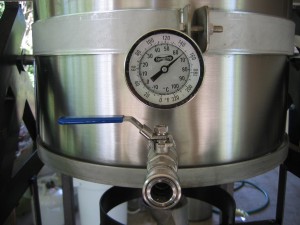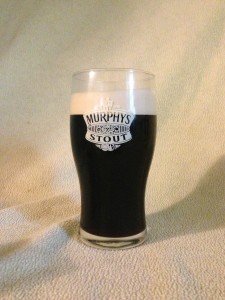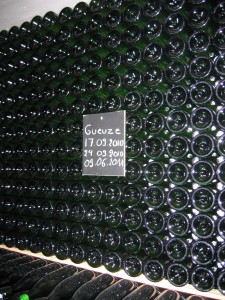Chris,
I liked your recipes using Mt. Dew and other sodas in beer and I was wondering if the same thing would be possible with commercial root beer? I was thinking of making a stout/porter type ale and fermenting with root beer to get some of those flavors in the beer. My question is would you run into the problem of bottle bombs like you can with home made root beer?
Thanks,
— Russ Albright
Keizer, Oregon










Recent Comments